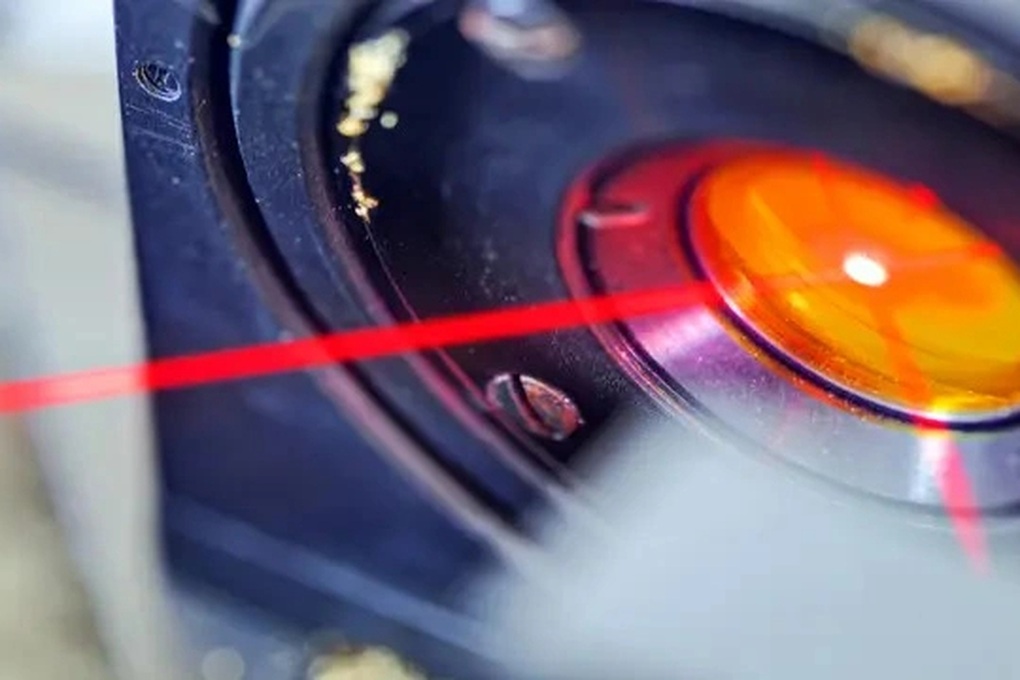
Illustration of a laser beam (Photo: Interesting Engineering).
Chinese scientists have just announced a new breakthrough in the field of defense technology, when they successfully developed a high-power laser device that can operate stably in an extremely wide temperature range, from -50°C in the Arctic to 50°C in the Sahara desert without the need for a cooling or heating system.
This technology is expected to open up wide applications in both the military and industrial fields, while affirming China's position in the global laser technology race.
Compact design, high performance in harsh conditions
The device was developed by a research team at the National University of Defense Technology (NUDT), under the direction of Professor Chen Jinbao, a national award-winning expert in high-energy laser technology.
According to the announcement, this laser system has a capacity of 2 kilowatts, but is only the size of a suitcase, instead of needing an entire container to operate like equivalent devices produced in Europe or India.

The French HELMA-P laser weapon system is designed to counter unmanned aerial vehicles (UAVs) (Photo: Edrmagazine).
The highlight of the device lies in its ability to operate continuously and stably in temperature environments fluctuating up to 100°C, which is the biggest challenge in laser technology.
While current systems are forced to incorporate cooling or heating components, the Chinese device does away with the need for such bulky hardware at all, thanks to its optimized optical design and internal temperature control capabilities.
Laboratory testing simulating conditions from the Arctic to the desert shows the device sustaining power beyond 2kW, even peaking at 2.47kW at 20°C, with energy conversion efficiency up to 71% and near-perfect beam quality.
Secrets from rare earth materials and breakthrough design
The breakthrough was achieved through a series of key design solutions. The laser uses a low-drift 940-nanometer pump beam, transmits light through 27 fiber diodes, and incorporates a fiber coil doped with ytterbium, a rare earth element whose global reserves are largely controlled by China.
According to SCMP, the special quantum structure of ytterbium allows efficient energy conversion without being affected by ambient temperature.
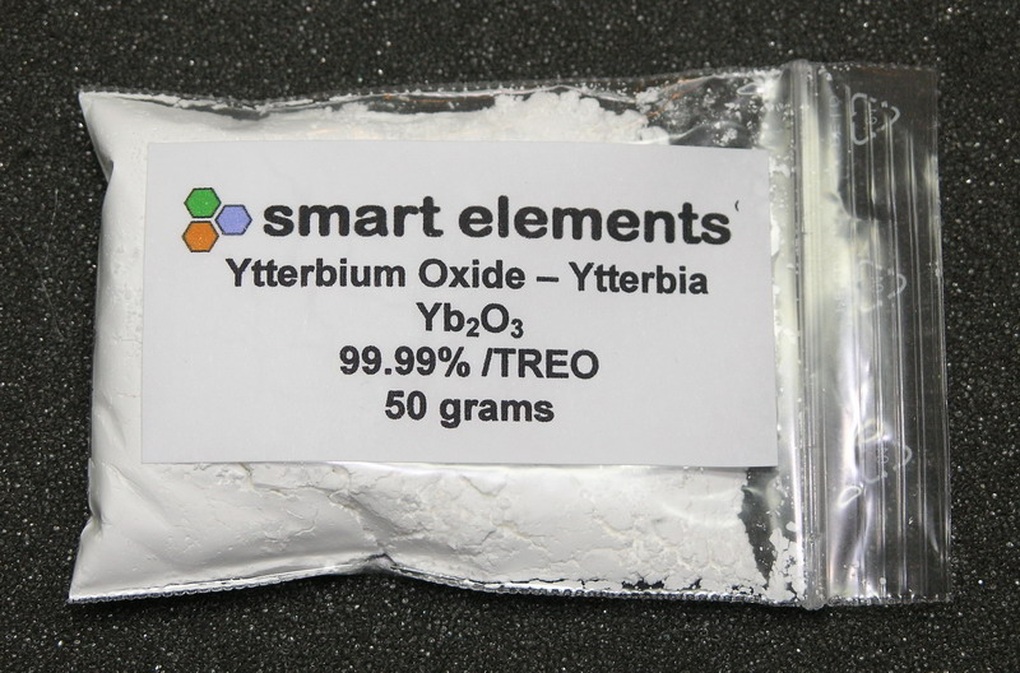
The unique quantum structure of the rare earth element ytterbium helps the laser system overcome decades-long technical barriers (Photo: SE).
The central structure of the device is a two-layer optical resonator, which uses a reflective network at both ends of the optical fiber to amplify the photon beam into a 1,080 nanometer laser – a wavelength capable of causing high damage.
This design not only increases the emission efficiency, but also prevents light interference, maintaining stability during operation.
According to the research team, the ability to operate in wide temperature conditions will play a key role in the future, as fiber lasers are increasingly used in precision cutting, optoelectronic countermeasures, and other industrial and defense technologies.
“We will continue to expand the scope of experimental research, aiming to increase output power and increase the operating temperature range, suitable for field deployment needs in all environmental conditions,” the authors said.
Source: https://dantri.com.vn/khoa-hoc/trung-quoc-che-tao-vu-khi-laser-sieu-nhe-sieu-manh-20250623081155594.htm





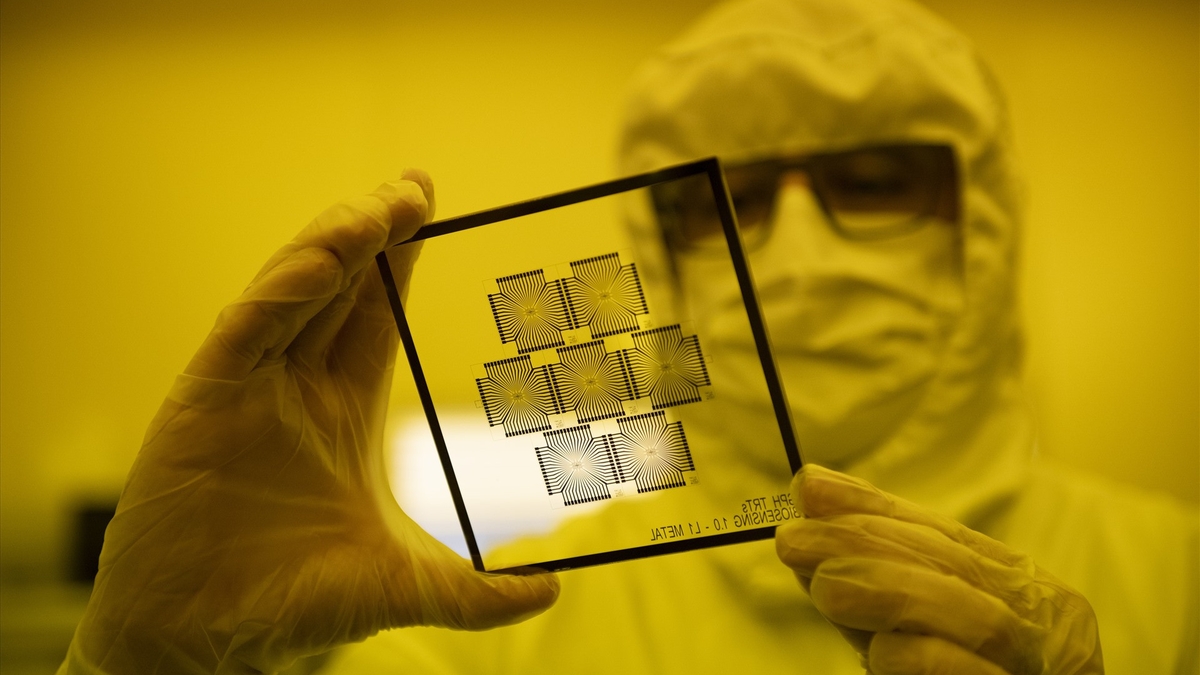
![[Photo] Da Nang: Hundreds of people join hands to clean up a vital tourist route after storm No. 13](https://vphoto.vietnam.vn/thumb/1200x675/vietnam/resource/IMAGE/2025/11/07/1762491638903_image-3-1353-jpg.webp)
























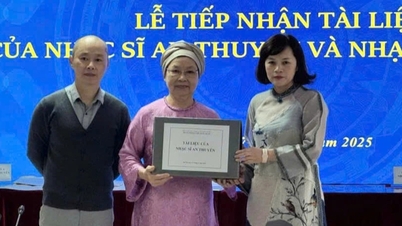





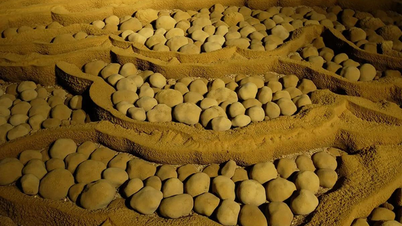









































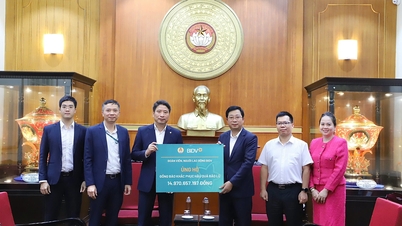







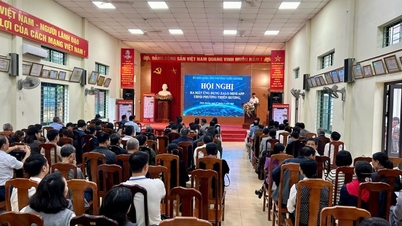




















Comment (0)